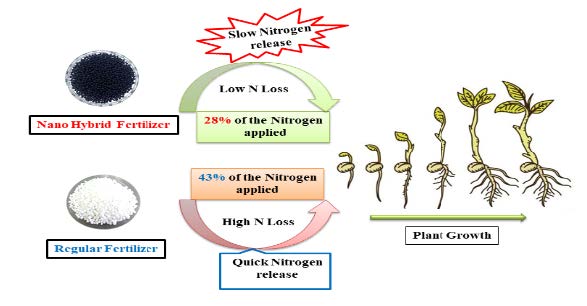A Review: Nanofertilizers for the Biofortification and Sustainable Agriculture
DOI:
https://doi.org/10.31357/vjs.v25i02.6172Abstract
Improving nutritional efficiency (NUE) by endangering environmental quality has been a central issue for agricultural food production (FPS) programs in order to sustain the growing population. Nanotechnology with nanoscale inputs for the production of nano agri-inputs (NAIPs) has already emerged as an important solution to address the problem of low or moderate nutrient utilization with minimal environmental impact. Recently, a few new hybrid nanofertilizer (HNF) formulations have been developed for biofortification and sustainable agriculture. Urea-modified hydroxyapatite was reported, which is a rich source of nitrogen, calcium, and phosphate. Gehan Amaratunga of the University of Cambridge has stated, “such fertilizers could reduce runoff and lead to harmful algal blooms in water bodies”. The NAE (N Agronomic use Efficiency) for the urea-HA nanohybrids is 48%, while the NAE for pure urea is 18%, at the field level. However, these fertilizers are expensive and have not been shown to be commercially viable up to date. Recently, nanoparticles such as copper, iron, and zinc were incorporated into urea-modified hydroxyapatite to further increase the efficiency of the proposed fertilizer.




